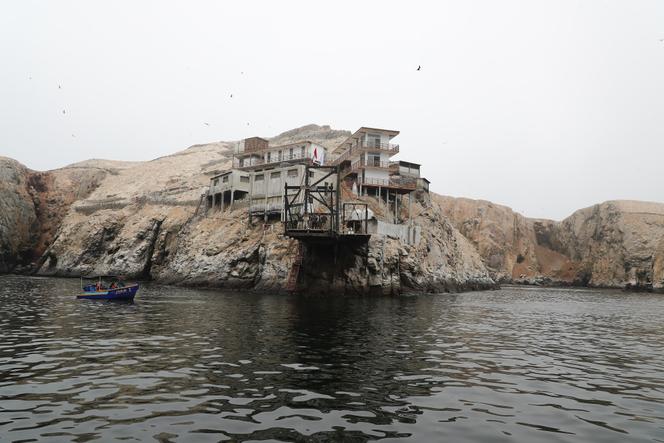


At the current rate, the goal of protecting and conserving at least 30% of the planet by the end of the decade is now out of reach. In recent years, progress in extending the network of protected areas, as well as in improving the quality and governance of these areas, has been far too slow. According to the Protected Planet Report 2024, published on Monday, October 28, by the United Nations Environment Programme (UNEP) and the International Union for the Conservation of Nature (IUCN), efforts must be accelerated: The surface area of protected zones must double on land and triple at sea by 2030.
"It is essential that protected and conserved areas reach the 30% target by 2030, but equally important that these areas are effective and that they do not negatively impact the people who live in and around them," said UNEP Executive Director Inger Andersen. "Today's landmark report shows some progress has been made in the past four years, but we are not moving nearly far or fast enough."
The report, unveiled at the 16th World Biodiversity Conference (COP16), is the first global assessment of progress since COP15, which was held at the end of 2022 in Montreal, Canada. At that time, 195 countries and the European Union committed to placing nearly a third of the planet under protected status.
Beyond that quantitative objective, Target 3 (of 23) of the Kunming-Montreal Global Biodiversity Framework stipulates that protected areas must be managed efficiently, equitably and with respect for the rights of Indigenous peoples and local populations. To make a real contribution to the conservation of species and ecosystems, these areas should also represent the most valuable ecosystems and be interconnected. Protected areas alone cannot halt the collapse of biodiversity, but they have proven useful in combating the destruction of natural areas and habitat fragmentation.
According to the most recent data, 17.6% of land and 8.4% of marine areas are now protected. The 17% land target was reached by 2020, and another report announced the preservation of 7.74% of marine areas in 2021, but progress has been minimal since 2020, note the report's authors.
Some strides have been made, however. In that time, 629,000 square kilometers (km2) of land and 1.77 million km2 of sea have been officially placed under protected status, and a third of countries and territories have extended their networks. On the eve of the opening of the COP, Portugal's autonomous Azores region announced the creation of a 287,000 km2 marine protected area – the largest in the North Atlantic.
You have 55.51% of this article left to read. The rest is for subscribers only.
